PlayStation trivia - 23 things you didn't know about the brand that redefined gaming
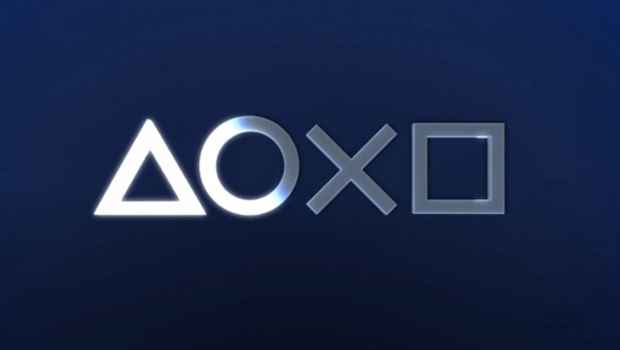
Believe
Nearly 20 years ago, Sony cannonballed into the overcrowded console market and managed to make gaming cool again for aging veterans of the 16-bit console wars. And while two decades doesn't amount to much in the grand scheme of the universe, those years saw Sony ascend to absolute dominance over the industry--meaning you could have missed one of many notable moments if you so much as blinked. We've assembled 20 of the littlest-known facts about the brand that made Final Fantasy, Grand Theft Auto, and Metal Gear Solid household names; if none of these bits of trivia come as a surprise, it's entirely possible you have a tattoo mural of Crash Bandicoot across your back.
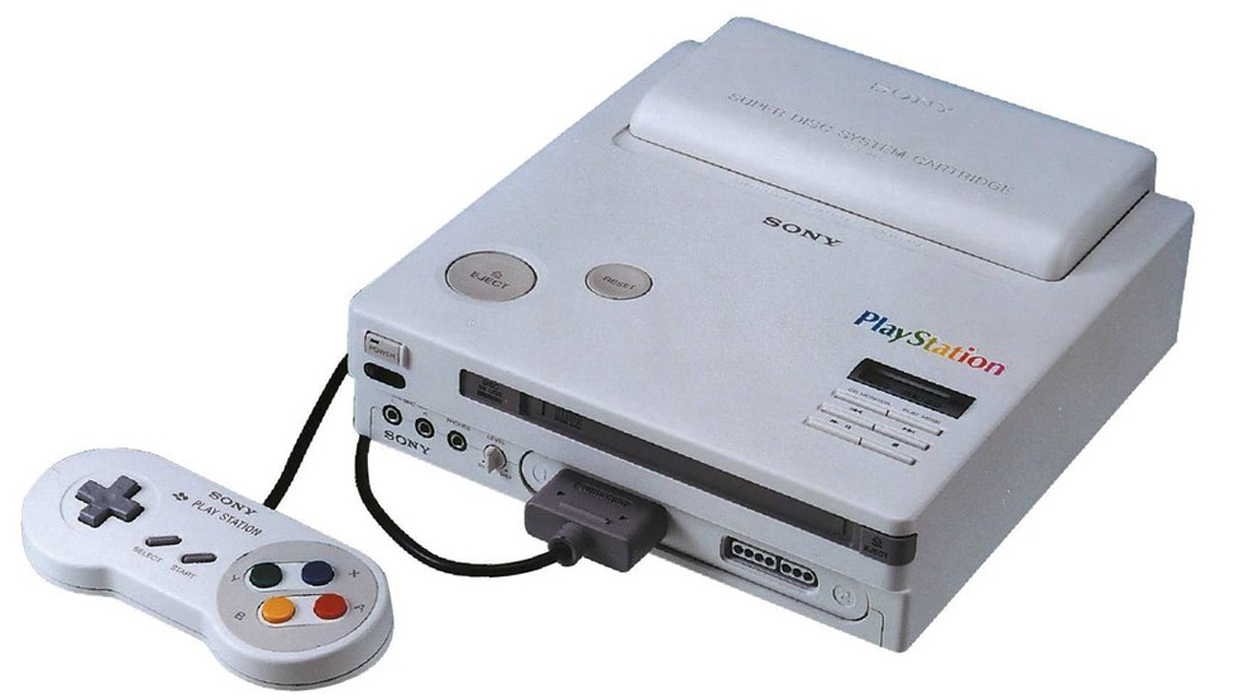
The PlayStation originally started as a Super Nintendo add-on
We begin with the most obvious one. By the early '90s, "multimedia" was in the zeitgeist, and even ultra-conservative companies like Nintendo wanted to dip their toes into the vast ocean of CD-quality audio and slideshow-quality video. Ken Kutaragi--who helped design the SNES' amazing sound chip--spearheaded the creation of the Nintendo "Play Station," which would play existing Super Nintendo titles along with those in the new SNES-CD format. Unfortunately for Sony, Nintendo chairman/ruthless businessman Hiroshi Yamauchi wanted complete control of licensing rights, so the company ditched their partnership in favor of working with Philips. In a move Sony wouldnt soon forgive, Nintendo announced the change of plans at the very same 1991 CES that was to host the PlayStation's reveal.
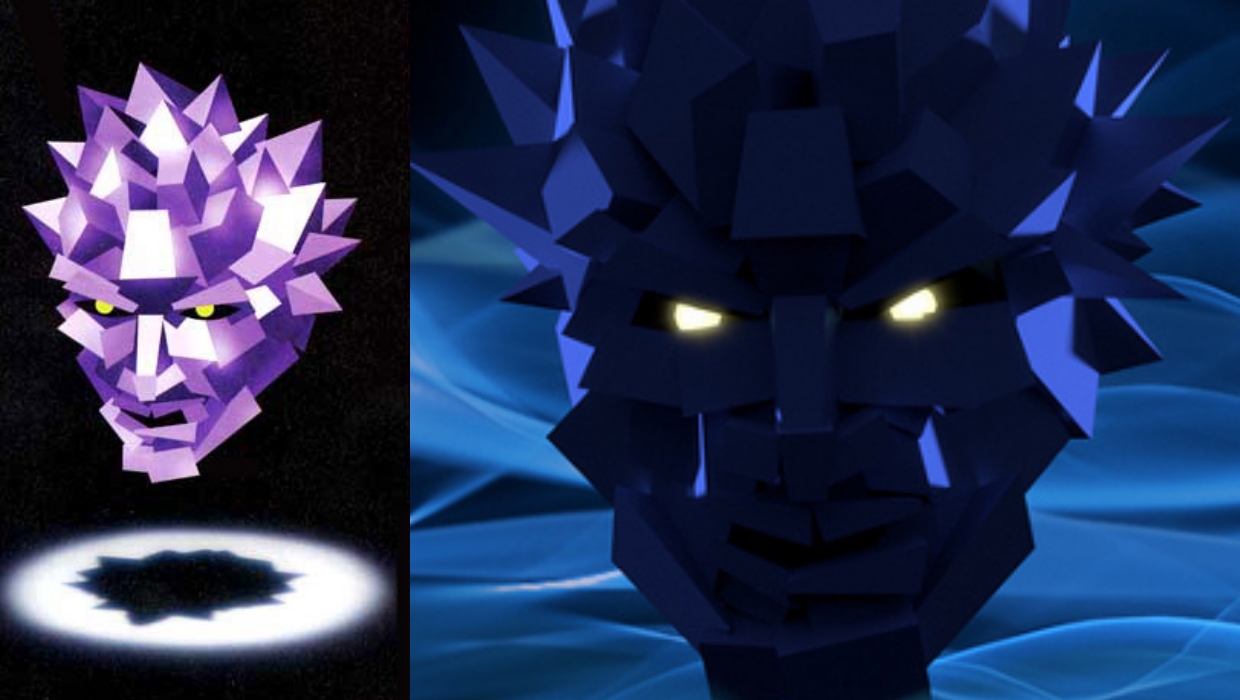
PlayStation lost a mascot before it even came out in US
PlayStation has gone through so many would-be mascots in the past two decades--but did you know that its first mascot was also the first to die? Polygon Man was a jagged purple head meant to show off the amazing 3D visuals that looked great in 1995 but havent aged all that well. The character was meant to sell the system to the West, but then-PlayStation boss Ken Kutaragi reportedly went absolutely insane, when he saw it at E3 1995 (and not in a good way). The character was gone before the PlayStation launched in the United States, but he did make a funny return as the final boss in PlayStation Battle Royale
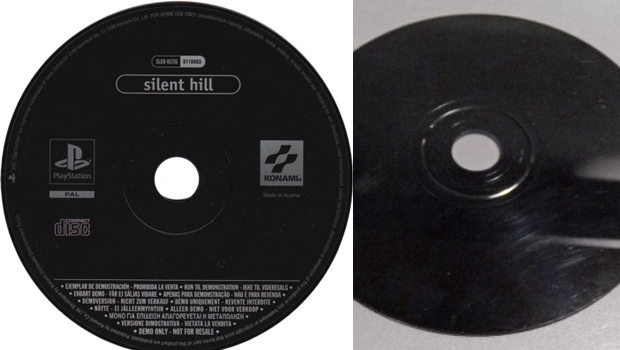
The black coloring on PSOne discs doesn't serve a functional purpose
One of the more notable features of the PlayStation experience could be found in its black-bottomed discs, which looked strikingly different from the CDs we'd grown accustomed to at the time. And while this choice could ostensibly be used to discern authentic games from copied ones--at least, until technology gave us CD-Rs in every color of the rainbow--PlayStation discs received a coat of black ink for one reason alone: to look cool.

Kaz Hirai got a custom PS3 when he left to take over Sony
Current Sony head Kazuo Hirai had led the PlayStation division to success before he was promoted to his current position. As fun as Shuhei Yoshida and Andrew House might be at E3 press conferences, Kaz had a certain something that many still miss--including his former employees. When Kaz left in 2012, Shuhei presented him with what might be the most rare version of the PS3 there is: a red and white model that was never available at retail. The hardware is probably worth a good deal to Kaz, but would it rank on our list of the most expensive limited edition console out there?
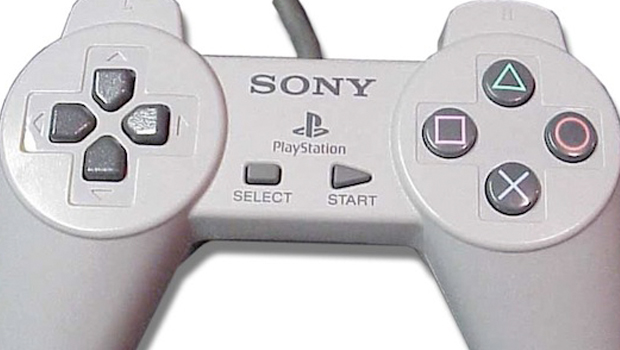
There's a meaning behind the symbols used on the PlayStation controller
When Sony's Teiyu Goto sat down to design the PlayStation's distinctive controller, he wanted something easier to remember than letters or colors, so he instead opted to use symbols. And these four characters we're all familiar with had been chosen to infer each button's function: the circle and cross aligned with the Japanese symbols for "yes" and "no," the triangle symbolized a players head or perspective, and the square represented a menu, document or map. While a handful of early Japanese PlayStation games followed Goto's protocol, it didn't take developers long to cast aside his original intent.
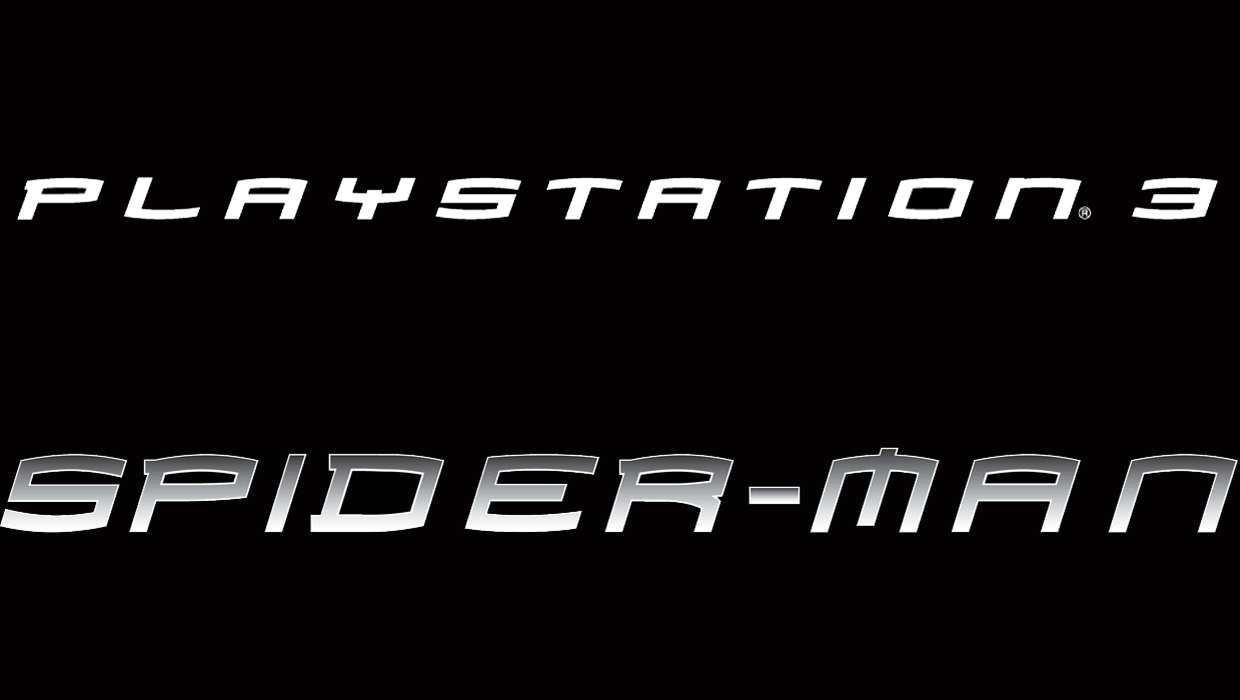
PS3 ditched the Spider-Man font for practical reasons
The PlayStation 3 launched while America found itself in the grip of Spider-Mania; after all, with two fantastic Sam Raimi movies in existence, what could possibly go wrong for Marvel's web-slinger? (Don't answer that.) Curiously, Sony chose to brand the original line of PlayStation 3's with the same font they used to market Spider-Man--another Ken Kutaragi special--in what many viewed as an awkward attempt at synergy. It was eventually dropped in 2009 for a much more streamlined alternative. Why the change? Sony chose the simple "PS3" as their new logo because it would be easier to read in advertisements than the elongated, Spider-Manly "PLAYSTATION 3." (And yes, all caps was Sony-mandated typesetting.)
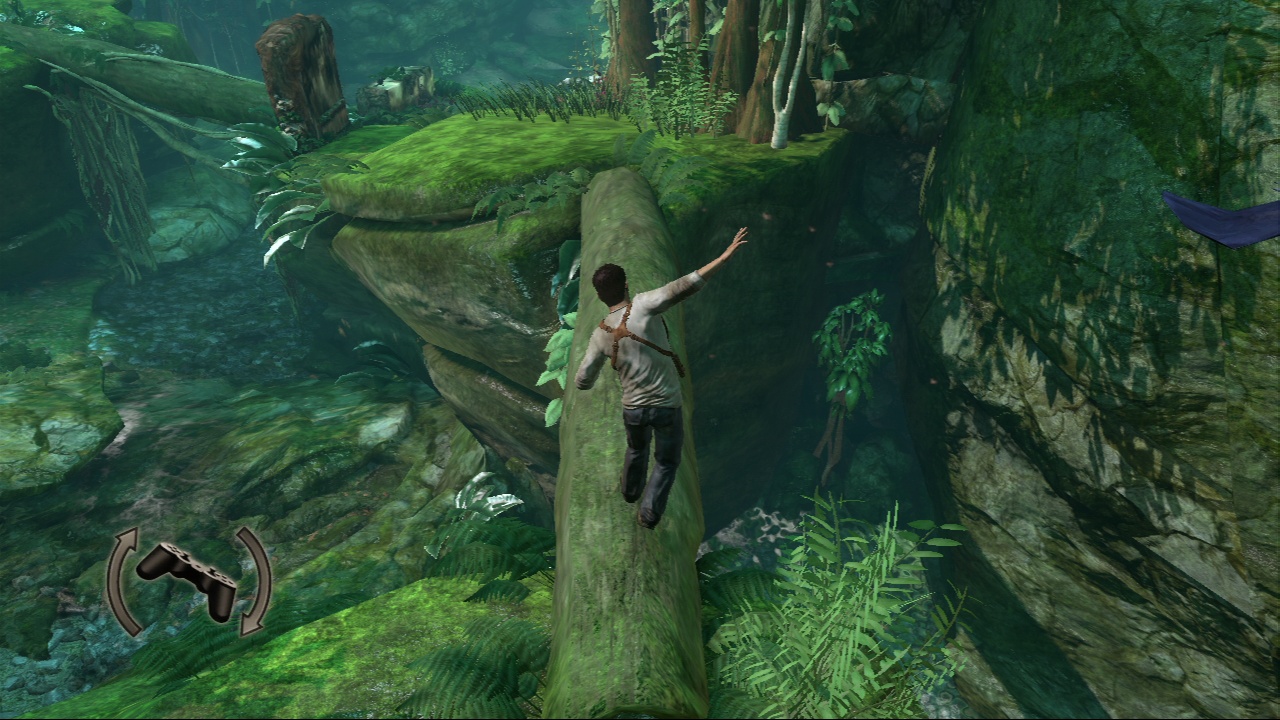
The Sixaxis was a very late addition to PS3
Many stories focusing on the PS4s design mention how inclusive it was compared to how Sony made the PS3. One shocking example of the communications problems with making the PS3 involves the motion-controlled Sixaxis getting added to Sonys E3 2006 plans just a few weeks before the public saw it. According to current PlayStation exec Shuhei Yoshida, the hardware team told him that a motion controller was being made and they needed a demo ready for the E3 press conference, ASAP. So if you thought the Warhawk demo at Sonys disastrous press conference felt rushed and unfinished, now you know why.
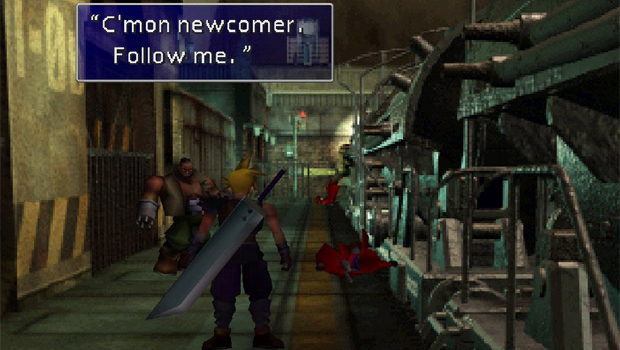
Final Fantasy VII originally starred a character called "Hot-Blooded Detective Joe"
The grand tale of Cloud, Sephiroth, and That Girl Who Died might be etched on the brains of everyone who grew up alongside PlayStation RPGs in the '90s, but Final Fantasy creator Hironobu Sakaguchi envisioned part VII as a detective story starring a gumshoe named Joe. While the final version of FFVII took a much different route, traces of the game's original concept can be found in the opening area of Midgar, which still uses Sakaguchi's idea of a city being blown up, and a team of vigilantes on the run.
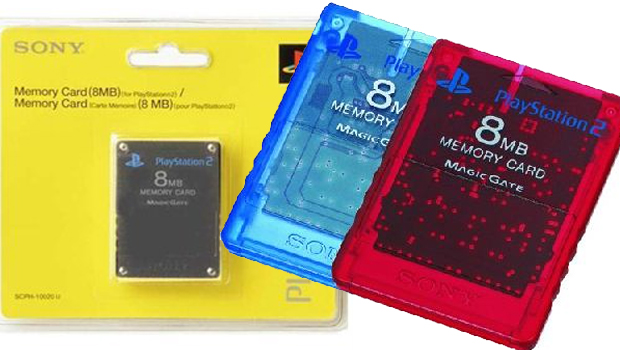
The world experienced the Great Memory Card Famine
2002 stood as an opportune year to pick up a PlayStation 2; by that time, the system finally had a handful of notable titles to justify its $299 asking price, like Ico, Metal Gear Solid 2, and Final Fantasy X. Unfortunately, along with the infamous PS2 console shortages (remember those?) came something just as vile, if not more so: a complete lack of memory cards on store shelves. If you happened to be working video game retail at this point in time, you no doubt remember the disappointed faces and angry phone calls of people who just wanted a meager 8 MBs of flash memory to help them get on with their lives.
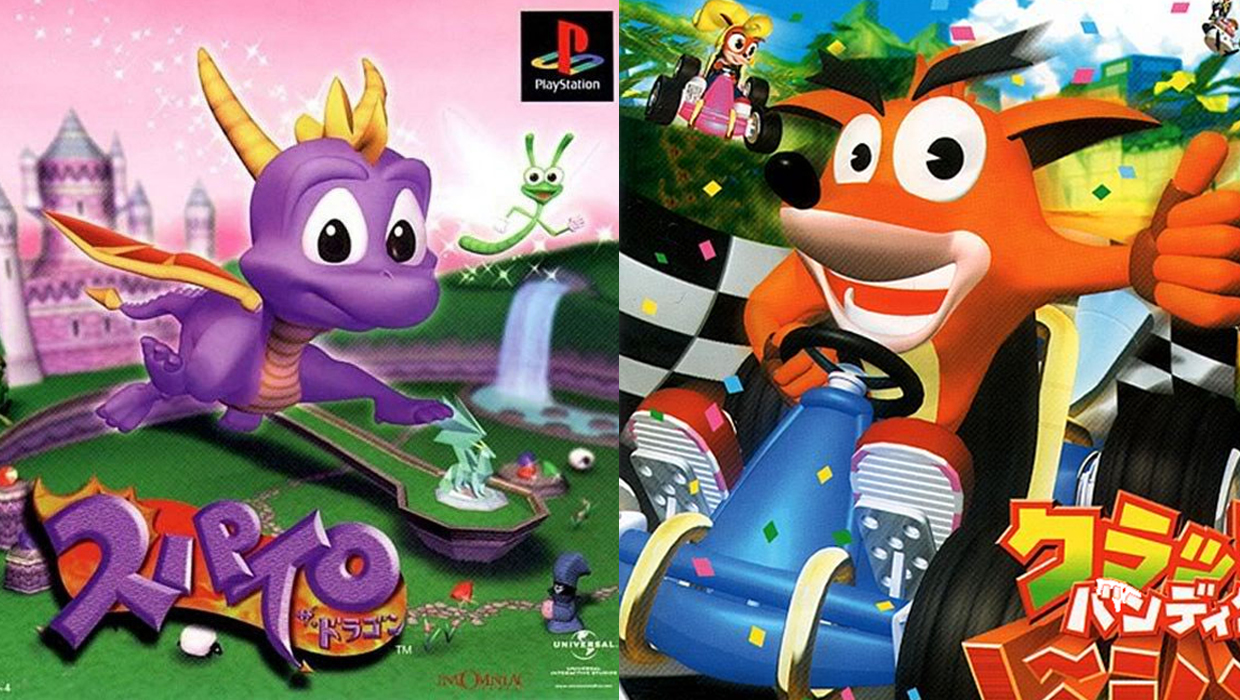
Certain Sony mascots received an "anime makeover" for their Japanese versions
Just as Americans (apparently) demand smugger, angrier characters to grace their games' box art, the Japanese marketplace is very welcoming to weapon-grade cuteness. So when edgy '90s characters like Spyro and Crash Bandicoot left American shores, they lost their smirks and cocked eyebrows in exchange for larger eyes and a much friendlier demeanor. Daw
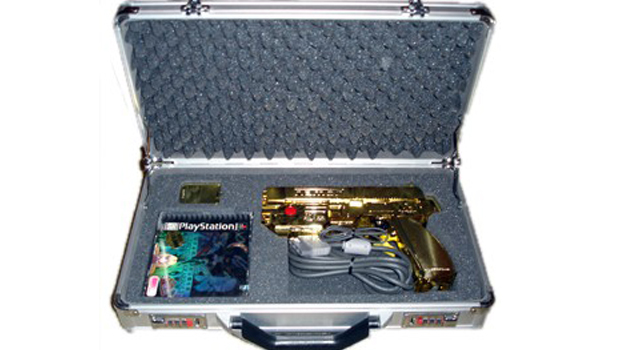
One of the PlayStation's rarest games could only be found at E3 1999
While it's easy to quibble about the rarest video game on the PlayStation, few people would disagree with the Elemental Gearbolt Assassin's Case's rank of number one. The only way to originally get your hands on this version of the obscure Working Designs shooter (which included a "gold-plated" GunCon) involved going to E3 1999 and somehow snapping up one of 50 given away as prizes. The major downside to this treasured item can be found in the enclosed letter, which indicates the gold paint coating the GunCon could be dissolved through the power of human hand sweat.
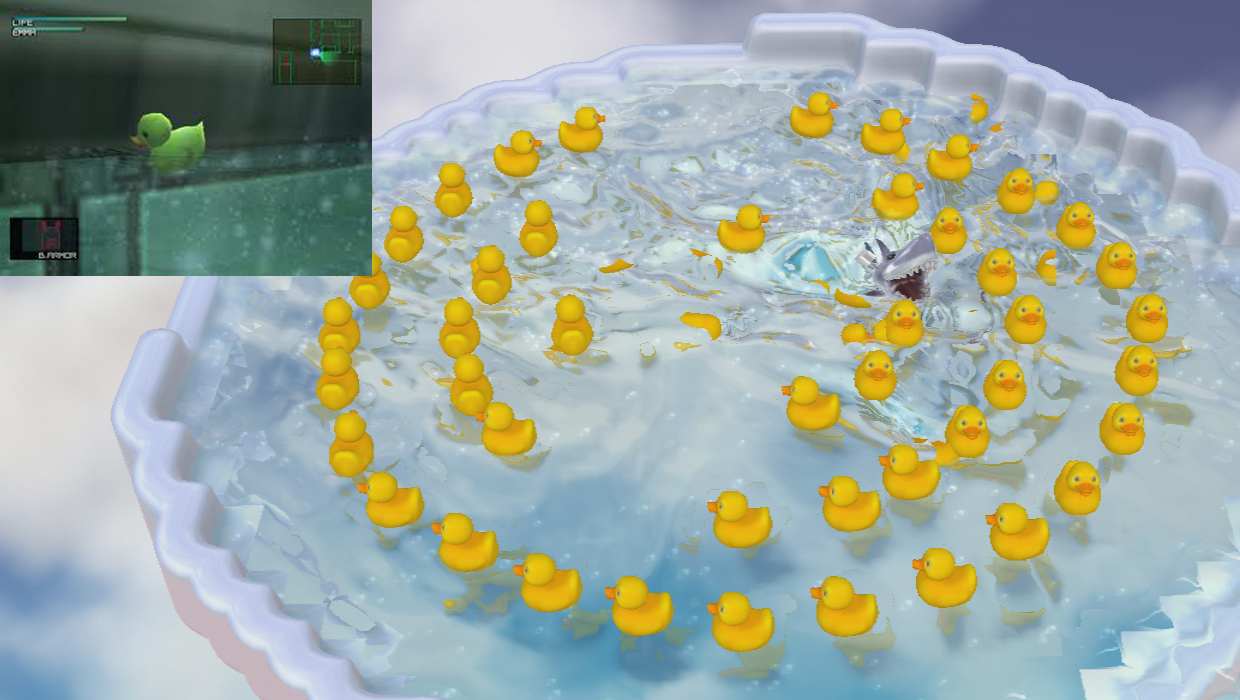
A rubber duckie is Sony's unofficial tech mascot
When most modern developers want to show off their new console's horsepower, they simply render an old man's face in real time and call it a day. Back in the day, Sony had a more playful side, and used a digital rubber duck bobbing up and down in a sink full of water to display their system's potential. Hideo Kojima would include this duck as an Easter Egg in Metal Gear Solid 2, and Sony's synthetic water fowl would later make an appearance at the unveiling of the PS3, and, eventually, in its own game: 2007's Super Rub 'a' Dub for PSN.
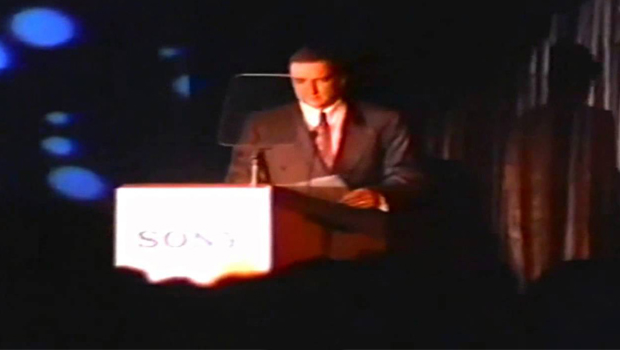
Sony destroyed Sega at E3 1995 with just one utterance
In those console crazy days of the mid-90s, Sega went forth with a business plan that in hindsight was cataclysmic: quietly ship the Saturn to a handful of retailers in the midst of E3 madness, and get a months-long jump on the competition. Unfortunately for Sega, the Saturn's $399 asking price paired with its subpar launch lineup didn't exactly send gamers running to the stores--the ones who heard about the system's availability, anyway. Following Sega's announcement of their stealth launch at E3 1995, SCEA President Steve Race took to the stage and destroyed Sega's ambitions with a two-word utterance: "299 dollars." Apparently, Sony won that console war by saving gamers 100 clams--hey, that was a lot of money back then.
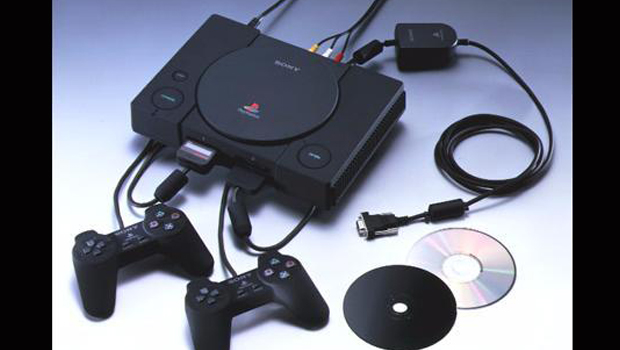
Sony's Net Yaroze fostered indie development in the late '90s
In 2013, it seems as if every living human being has developed (and KickStarted) their own indie game, if only because the tools are so readily available. This certainly wasn't the case in the '90s, though Sony made an attempt to reach out to "garage developers" through their Net Yaroze system, a $750 black PlayStation released in 1997 which would interface with the user's PC (not included). While most of these projects didn't see life outside of their random appearances on magazine-bundled demo discs throughout Europe, the Yaroze no doubt had a great impact on an entire generation of developers.
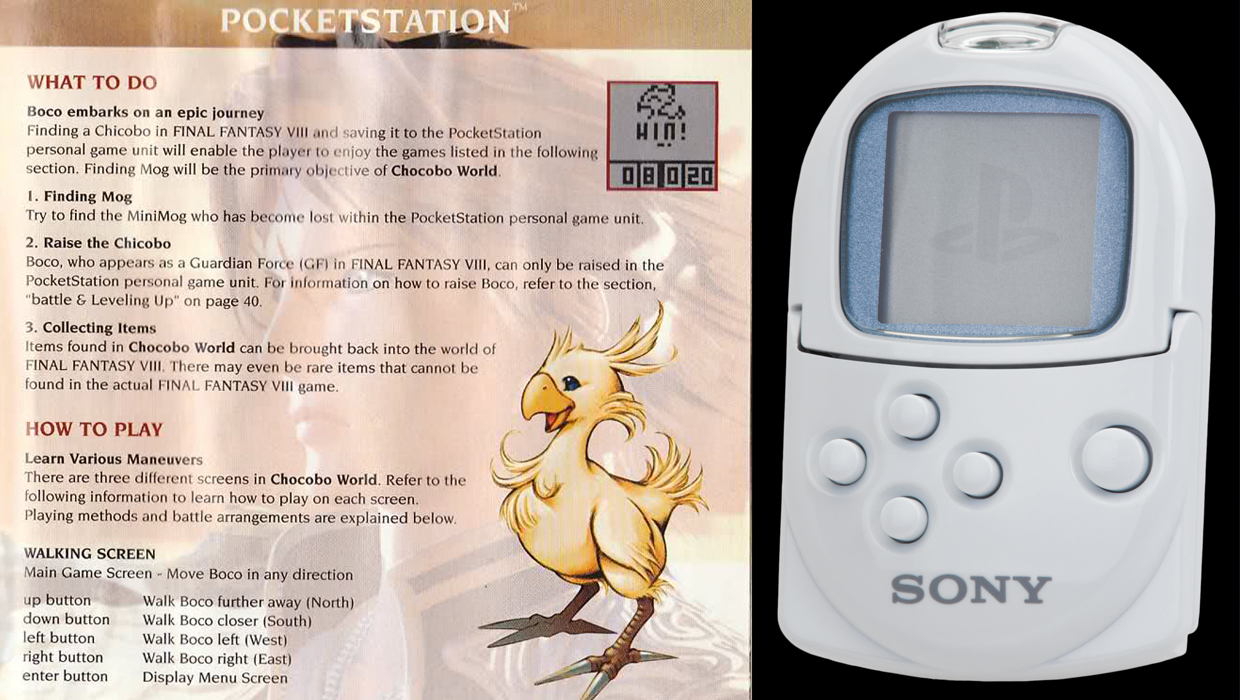
A handful of US-published games featured support for the Japan-only PocketStation
The Tamagotchi fad of the late '90s forced many console developers to follow suit, which explains the existence of the Dreamcast's ever-beeping VMU. Sony jumped onto this bandwagon by developing the PocketStation, which essentially offered the same memory card meets minigame functionality of Sega's own creation. Though this peripheral came extremely close to seeing an American release, a handful of games offered functionality for a device US gamers wouldn't see outside their local import shop. Both Final Fantasy VIII and Saga Frontier 2 shipped too late to remove the PocketStation references that probably confused gamers wondering why their local retailers didn't carry this amazing new Sony product.
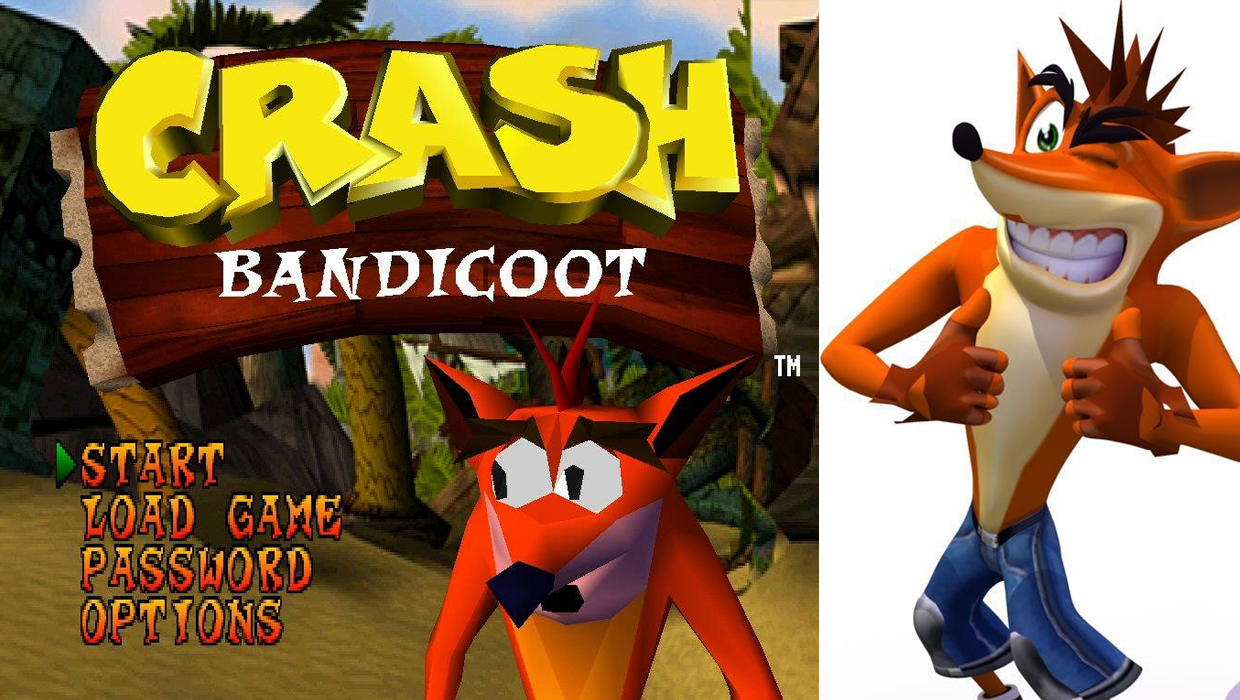
Ken Kutaragi hated Crash Bandicoot
The Godfather of the PlayStation brand had a serious problem with Crash Bandicoot acting as the face of Sony during the mid-90s console wars. As Sony positioned itself as the home for edgy teen gamers, Crash's status as a goofy, cartoony platformer conflicted with the company's intended message. When Kutaragi finally confronted a Naughty Dog representative with his distaste for Crash, he offered up a list of complaints, including "This game is crap!" Ultimately Ken shouldnt have gotten so stressed; Crash eventually faded from the mainstream after countless outsourced sequels, and Naughty Dog became a Sony-owned studio in 2001.
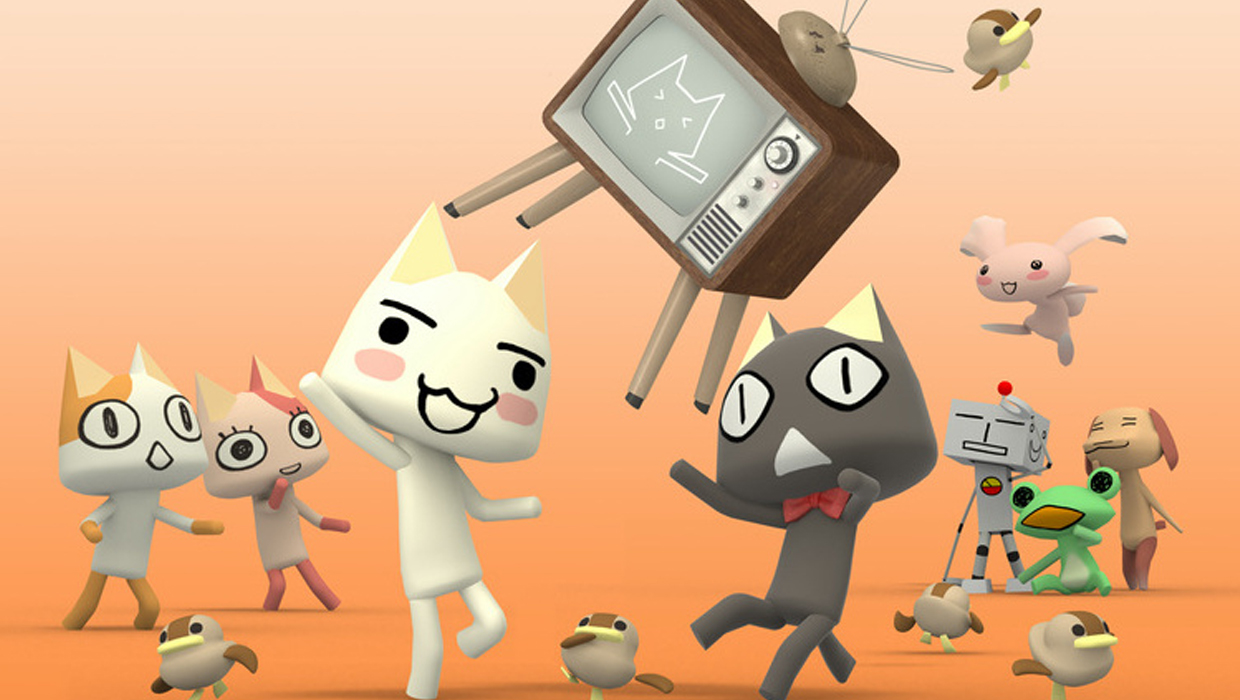
The PlayStation found its Japanese mascot in the form of a white cat named Toro
While Sony struggled with the non-issue of finding a mascot character to support its brand in the United States, SCEJ found an unlikely candidate in Toro, a small, white cat who made his debut in the Japan-only 1999 PlayStation release Doko Demo Issho. Since then, Toro (and his black cat counterpart, Kuro) has appeared in a number of PlayStation titles and merchandise, but the significance of this character is mostly lost on US gamers.
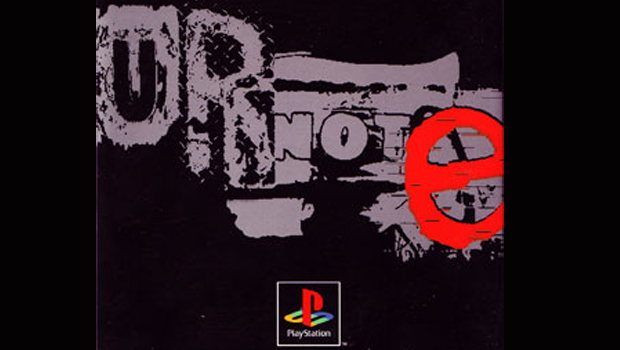
The original PlayStation marketing campaign was inscrutable '90s genius
As consumers generally grew accustomed to irony in its myriad forms, advertising, in turn, grew more aggressive, and didn't especially care about confusing the Average Joe. Hence, the original PlayStation's slogans of EnoS Lives ("Sony lives") and URnote ("You are not RED E" -- get it?), which branded the original commercials full of stock footage, staggered fonts, and very little actual gameplay. Grandma might not have known what these commercials intended to sell her innocent family, but kids picked up on the mystery and carried it with them for endless discussions at school.
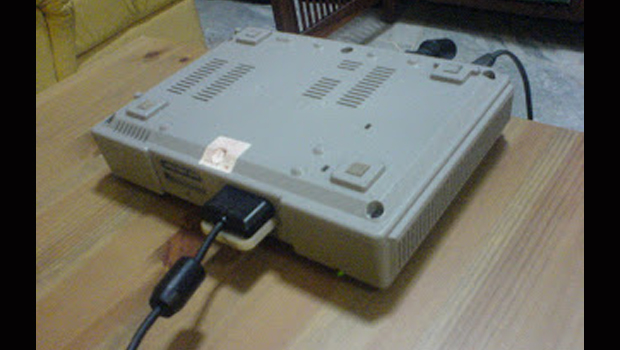
The 360's red ring of death had nothing on Sony
Hardware malfunctions aren't new to this world, though Microsoft had the misfortune of theirs happening just as social media networks began to wrap their icy tentacles around our lives. Rewind back to the launch of the original PlayStation, though, and you'll see a shoddily constructed plastic box that often had to be turned upside down just to function properly. The PS2 suffered its own share of problems as well, with a disproportionate amount of first-generation systems suffering from the dreaded "disc read error," which rendered the console all but useless. Sony eventually settled a class action in 2005, and doled out meager rewards to anyone who held onto their original receipts for half a decade. Justice!
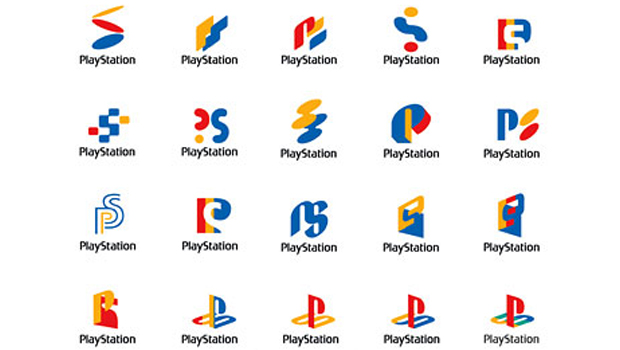
The original PlayStation logo underwent a number of revisions
The four-color "PS" that defined the PlayStation's first era of console dominance may conjure up warm memories for those of us who lived through those ancient times, but this logo didn't come into creation fully formed. Designer Manabu Sakamoto came up with a number of variations on the PlayStation's logo, many of which can be seen in the image above. While there's something attractive about the extant logo's clean design, you still have to wonder how the PlayStation would've sold without the "P" and "S" so visible in its branding.
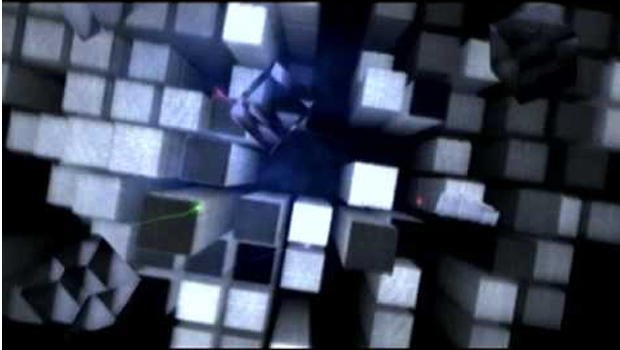
There's a meaning behind those white towers on the PS2's startup screen
The PlayStation 2's startup screen zooms through a seemingly random arrangement of white towers with a space-age WHOOSH sound--but is there something more to these rectangular objects? Turns out, the PS2 bases the visual composition of its startup screen entirely on the contents of your memory card.
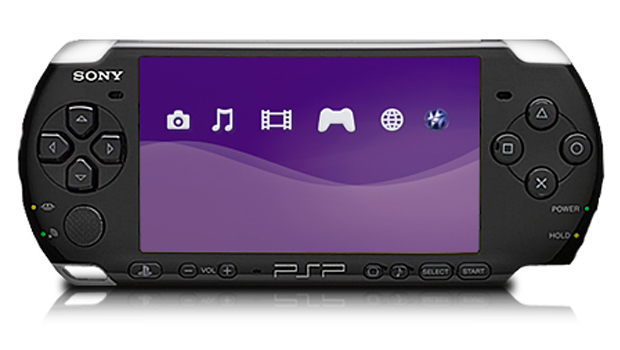
Ken Kutaragi wanted the PSP to be "the Walkman of the 21st century"
Before Sony introduced the Walkman in the early '80s, the idea of walking around and privately listening to your own music existed only in the fevered dreams of madmen. Sony legend Ken Kutaragi wanted the PSP to be just as revolutionary, which helps explain why the company's first portable let users browse the Internet, listen to music, and watch movies in the now-deceased UMD format. Unfortunately, smartphones soon supplanted all of the PSP's ancillary uses, leaving the system as a far less essential item than Kutaragi intended.
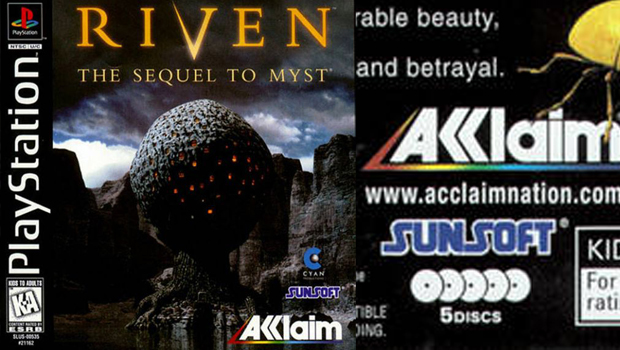
The port of Riven featured the most discs for a single PlayStation game
While video-heavy RPGs spilled their content across three and often four discs, the sequel to Myst topped out at a total of five, granting it the dubious honor of "Most CDs for a Single PlayStation Game." Given that Riven largely consists of full-screen video segments linking different areas, it's no wonder why the game needed so much plastic to contain its sheer size. These days, you could fit several copies of the game on your run-of-the-mill flash drive, and with plenty of room to spare.
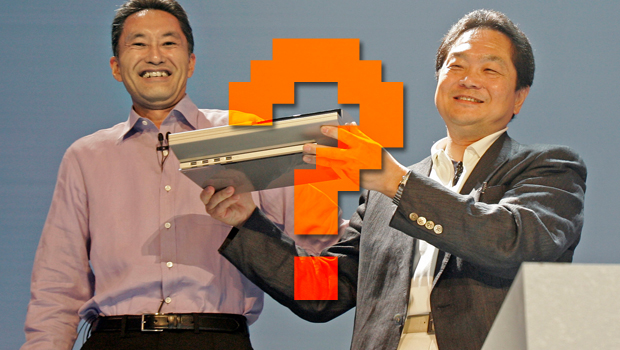
Riiiiiiiidge Racer!
That's all the trivia we could get together for now, but if we missed any big pieces of Sony knowledge, point them out in the comments. We might just add them to a future version of this feature...
And if you're looking for more Sony info, check out our list of all the PS4 games and every important detail about the PlayStation 4.


